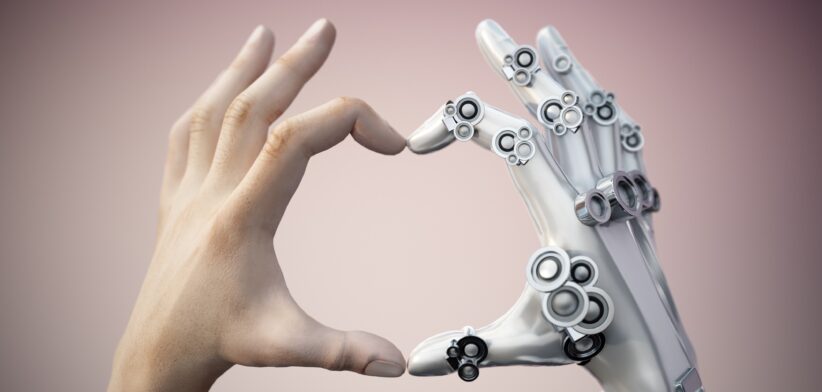A soft robot has been developed which can perform routine medical examinations, including taking a patient’s pulse and checking for abnormal lumps.
Researchers at the University of Science and Technology of China said the soft robotic “finger” had a sophisticated sense of touch that could help doctors to detect diseases such as breast cancer earlier and may also help patients feel at ease during physical exams.
Professor Hongbo Wang said with further development it could be possible to develop a dexterous hand, made of the fingers, to act as a “robodoctor”.
“Combined with machine learning, automatic robotic examination and diagnosis can be achieved, particularly beneficial for these undeveloped areas where there is a serious shortage in health workers,” he said.
Professor Wang said while rigid robotic fingers already existed, experts had raised concerns that these devices might not be up to the delicate tasks required in a doctor’s office setting.
“Some have pointed to potential safety issues, including a fear that overzealous robotic fingers could rupture lumps during examinations.”
He said more recently, scientists had developed lightweight, safe and low-cost soft robotics that could recreate the movements of human hands.
“However, these devices haven’t been able to sense the complex properties of objects they touch the way real fingers do.
“Despite the remarkable progress in the last decade, most soft fingers presented in the literature still have substantial gaps compared to human hands.”
Professor Wang said to overcome the challenges, the researchers developed a device that contained conductive fibre coils with two parts – a coil wound on each air chamber of the device’s bending actuators (the parts that enable it to move) and a twisted liquid metal fibre mounted at the fingertip.
He said by measuring properties that affected how the device’s electrical current flows, the team found that they could monitor, in real time, how far the finger bent as it touched an object and the force at the fingertip.
“In this way, the device could perceive an object’s properties as effectively as human touch.”
Read the full study: Toward human-like touch sense via a bioinspired soft finger with self-decoupled bending and force sensing.








